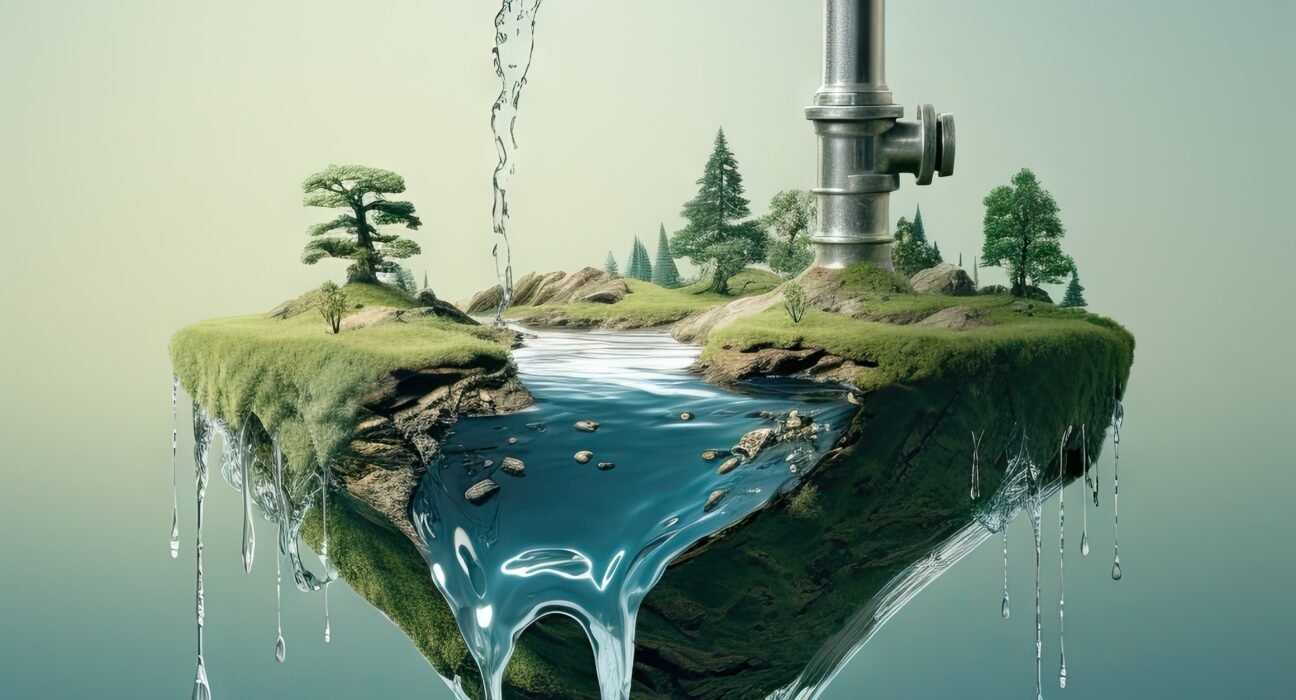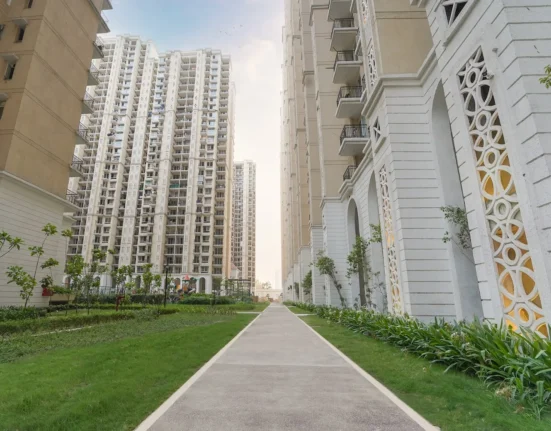Homeowners, as well as architects and landscapers in the areas where water conservation plays a crucial role, are resorting to more intelligent methods of watering the gardens and keeping them healthy and luscious. One such solution is the drip irrigation system—a method that delivers water directly to plant roots with minimal waste. This system not only assists in conserving valuable resources but also maintains plant health and time savings.
What Is a Drip Irrigation System?
A drip irrigation system is a network of tubes, emitters, and valves designed to deliver water directly to the base of plants. Drip irrigation does not spread the water like the normal sprinkling system does over a large area, but feeds a particular spot, and thus water wastage is limited by way of runoff and evaporation. This is what makes it one of the most effective ways of landscape irrigation today.
Why Choose a Drip Irrigation System?
The switch to drip irrigation should be focused on several good reasons. This system may be environmentally and convenient friendly whether you are running a small vegetable garden or a large landscape.
1. Significant Water Conservation
One of the most notable advantages of a drip irrigation system is its ability to conserve water. The conventional watering practices are associated with a loss of 30-50 percent of water through various processes, such as evaporation, drying air, or flooding. On the contrary, a drip irrigation system delivers the water to where it should be, the roots. This can reduce the use of water by as much as 60 percent and is therefore very appropriate in areas that experience droughts or areas facing water restrictions.
2. Greener Plants and Earth Healthier Soil
Above watering may promote the growth of mold and mildew, which may grow when the leaves are left wet during the night. With drip systems, this is avoided since foliage remains dry and a slow, consistent source of water is equipped with drip system immediately at the roots. This reduces the risk of diseases as well as encourages deeper root development that will make the plants more tolerant to drought in the course of time.
3. Cut in Weed Growth
Because drip irrigation systems deliver water only where it’s needed, the surrounding soil stays dry. This deters the proliferation of weeds, resulting in more uncluttered garden beds and reduced time wastage in procedures of weeding. It is a win-win situation for plant health and maintenance efficiency.
4. Time and Energy Saving
A drip system can be set on a timer once installed and will be able to keep a consistent schedule of watering during periods that you are not at home. You will never have to deal with hand-watering or with changing sprinklers daily to make them adjust to the growing season, as it does all the work.
5. Flexibility and Individualization
Drip irrigation systems are highly adaptable and can be customized to suit a variety of landscapes, from flower beds and vegetable gardens to hanging baskets and trees. Adjustable spacings, flow rates, and coverage are possible with adjustable emitters and tubing, which makes them applicable in both residential and business settings.
Installation Considerations
Drip systems are more or less easy to erect, but planning is the secret to ensure maximum efforts. You will have to take into consideration elements, like the type of soil, plant water requirements, and arrangement of the system. Meeting with a design landscape or irrigation expert may assist in providing an ideal installation and the desired product life.
Conclusion
A drip irrigation system is a smart, sustainable investment for anyone looking to achieve a water-efficient landscape. Helping to avoid waste, create plant health, and make human effort less cumbersome, it benefits the environment as well as your garden from a long-term perspective. The best way to make your outdoor space a healthier and greener place is to go with a drip system, either when you redo your yard or when you upgrade your current infrastructure.










